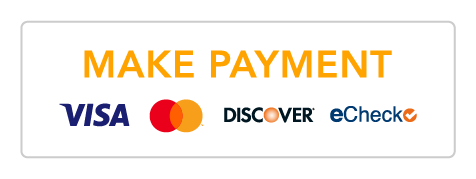In today's world where inflation is at an all-time high, preparing for your child's future education is more crucial than ever. By utilizing tax-efficient saving strategies and investigating state-specific incentives, you can help alleviate the financial strain of college costs.
According to NCES, during the 2019-2020 school year, in-state students at public four-year California schools paid an average of $23,037 per year. This amount includes tuition and required fees, as well as the cost of room and board. This ranks California as #39 out of 51 in states (including the District of Columbia) where it is most to least expensive to attend college.
With that being said, our team at Thielen & Associates, Inc. is here to help make you aware of education savings options for you and your family.
Enter 529 Savings Plans – a versatile and tax-advantaged tool designed to address a variety of educational needs and goals. Originally intended for postsecondary education expenses, recent updates have expanded the scope of 529 plans to cover K-12 education, apprenticeship programs, student loan repayments, and even contributions to Roth IRAs.
Here's how they work: 529 plans come in two main varieties – savings plans and prepaid tuition plans. While prepaid tuition plans have limitations and may not be available in all states, savings plans offer greater flexibility and are more widely accessible. Typically established by parents or grandparents, funds invested in a 529 savings plan grow tax-deferred and can be withdrawn tax-free for qualified educational expenses.
These expenses encompass not only college and graduate school costs, but also K-12 education expenses including tuition, fees, room and board, and other related costs. Moreover, recent updates allow for tax-free withdrawals of up to $10,000 per year for K-12 expenses and a $10,000 lifetime cap for qualified student loan repayments.
Notably, 529 plans now accommodate alternative paths to traditional higher education. Funds can be utilized for apprenticeships and vocational schools, offering valuable opportunities for on-the-job training in various fields like accounting, cosmetology, mechanics, and engineering.
But what if your child's educational journey takes a different direction? Rest assured, 529 plans provide flexibility. Unused funds can be transferred to another eligible family member for their education expenses, ensuring that your investment continues to support educational pursuits within your family.
Furthermore, recent legislative changes under the SECURE 2.0 Act present new opportunities for maximizing 529 plan benefits. If your plan is at least 15 years old, you can now roll over up to a $35,000 lifetime maximum into a Roth IRA, providing additional financial flexibility and long-term planning options.
Navigating the complexities of 529 plans requires careful consideration of your unique circumstances and goals. As experienced financial advisors, we can provide personalized guidance and expertise to help you determine if a 529 savings strategy aligns with your objectives. Contact us today for a consultation and take the first step toward securing your child's educational future.
Disclosures:
* The 529-to-Roth-IRA rollover option is so new that the IRS may yet issues guidance that impacts this interpretations of the requirements.
* 529 plan withdrawals for non-qualified educational expenses are subject to a 10% IRS tax penalty and are taxed as ordinary income.
* 529 plan tax-free withdrawals must be used for qualified educational expenses, withdrawal may be subject to income taxes, depending upon the participant’s state of residence.
* Units of the 529 plan investment options are municipal securities and may be subject to market value fluctuation.
* For more complete information about a 529 educations savings plan, including investment objectives, risks, fees, and expenses associated with it, please carefully read the issue’s official statement before investing. In can be obtained from your financial professionals. You should consult with your financial, tax, or other professional to learn more about how state-based benefits (including any limitations) would apply to your specific circumstances.


